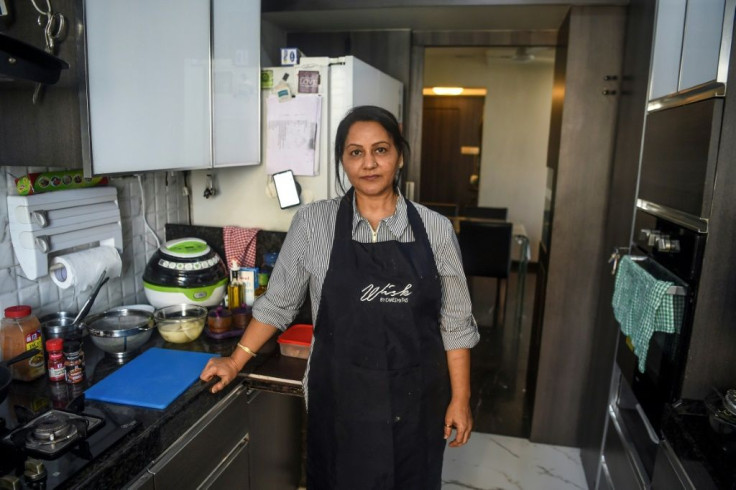Surprising Ways to Lower Odds of Food-Borne Illness

If you need another good reason to share cooking duties with your partner, consider this: Joint food preparation makes for better kitchen hygiene.
Splitting the preparation of meat and raw vegetables between two sets of hands could minimize cross-contamination – a common problem – between various types of foods, according to a sweeping new analysis of habits surrounding food safety practices in 5 European countries.
Another revelation? Using your smartphone to refer to recipes adds to the number of times you need to wash your hands while preparing food.
Report maps food prep differences
The 800-page report mapped shopping, hygiene and cooking differences in 75 households in France, Norway, Portugal, Romania and the United Kingdom. The effort was part of SafeConsume, a project that zeroes in on the link between consumer food handling and the risk of foodborne diseases in Europe.
“Food provision is part of lived life, where there are many concerns and issues being addressed at the same time,” said study author Silje Elisabeth Skuland, PhD. She is a senior researcher and sociologist at Oslo Metropolitan University in Norway.
“To follow all the food safety advice is perhaps too much to ask of people,” she added, in an interview with Medical Daily. “That said, perhaps many [in the study] started food preparation with good intentions and clean hands and utensils, but didn’t necessarily manage to follow it through because of stress [such as] children crying, pots boiling over or other appointments.”
Sharing responsibility for food safety
About 5,000 Europeans die each year from foodborne illnesses, which also sicken 23 million people in that region, according to the World Health Organization. Worldwide, unsafe food causes 600 million to become ill and 420,000 deaths.
The report probed details of everyday food safety measures, including cultural and gender-related differences in food handling. It examined questions big and small – from how people wash their salad to how access to food shapes their choices to store and prepare it.
Consumers in some countries showed clear differences in the types of chicken products they buy and where they get their vegetables. In the UK and Norway, for example, chicken legs or filets are commonly chosen, while whole chickens are selected in Romania, France and Portugal.
These choices affect cooking times and how the chicken is handled overall, including whether it is washed, Dr. Skuland said. Additionally, different chopping boards are commonly used for meat and vegetables in the UK; in contrast, the same tools are often used for both in Portugal and Romania.
Barbara Kowalcyk, PhD, director of the Center for Foodborne Illness Research and Prevention at Ohio State University in Columbus, told Medical Daily that a common mistake in the United States is washing your chicken before you cook it.
“That’s not advised,” said Dr. Kowalcyk, who is also an assistant professor of food safety and public health. “If you wash your chicken, all you do is aerosolize and spray bacteria all over your kitchen.”
But Dr. Skuland and Dr. Kowalcyk agreed that consumers are not the only ones who should be responsible for whether bacteria, allergens or other toxins get into their food.
“Food safety is a shared responsibility,” Dr. Kowalcyk said. “The consumer is the last point in the farm-to-fork continuum, and they have the least amount of control.”
Take-home tips
Want to lower the odds of getting sick from your food? Dr. Kowalcyk offered these tips:
- Recognize there is a risk: “A lot of consumers, especially in high-income countries, assume the food they’re eating is safe.”
- Wash hands often while cooking.
- Separate ready-to-eat foods from raw foods.
- Pay attention to food recalls, and throw away or avoid recalled products.
- Use a digital, tip-sensitive food or meat thermometer. “Using food color or juices as an indication of doneness isn’t a good indicator.”
- If you experience a foodborne illness, report it to health authorities. “Information like this really builds our body of evidence about where and how to intervene,” Dr. Kowalcyk said.
Maureen Salamon writes about health and medicine for websites, magazines and hospitals such as Medscape, St. Jude Children’s Research Hospital, Weill Cornell Medicine and others.
Published by Medicaldaily.com



























